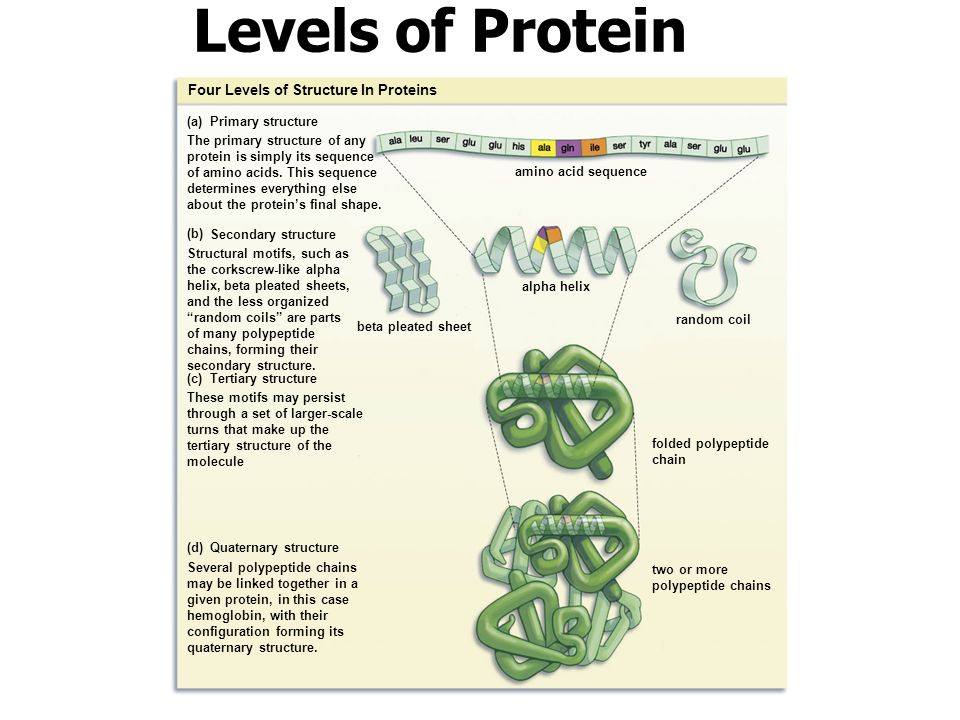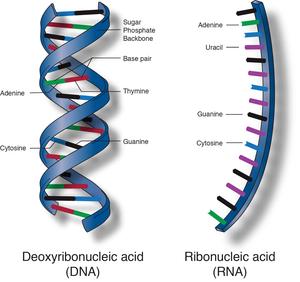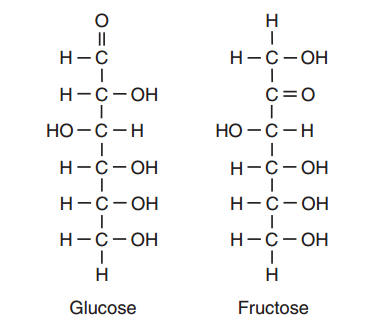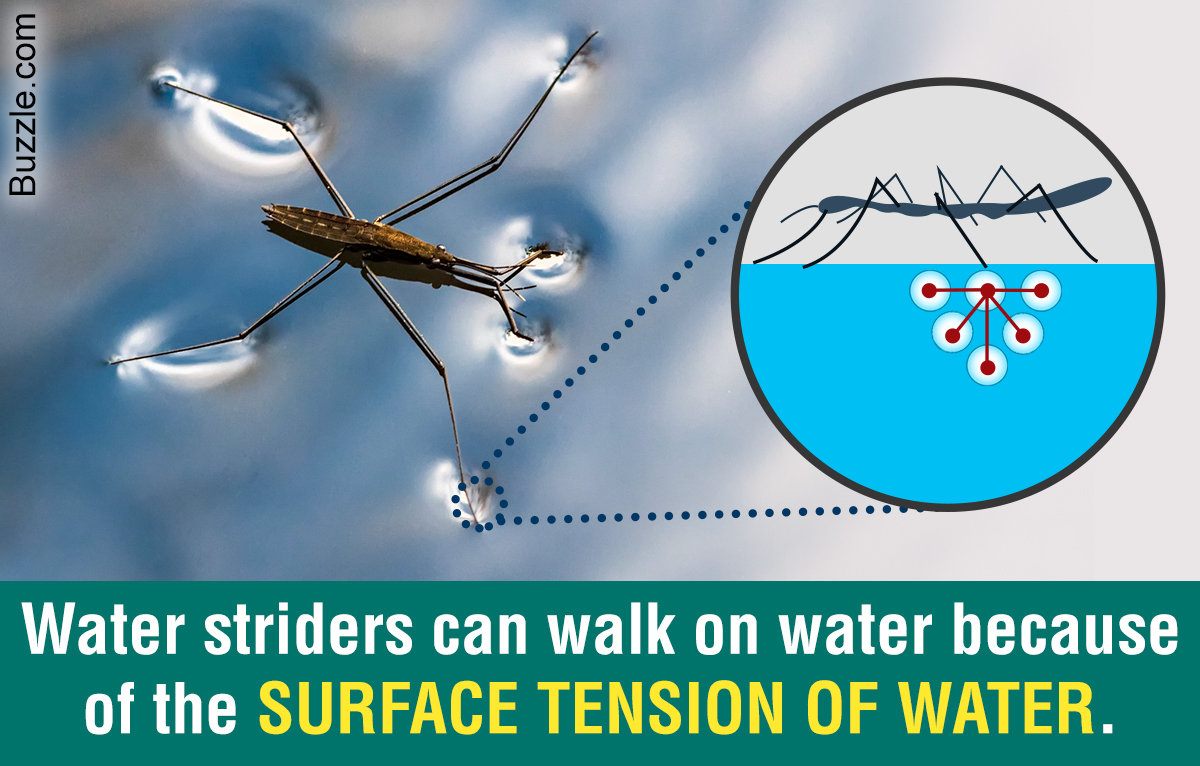You will take notes on the pH scale.
In aqueous solutions, most of the water molecules are intact. However, some of the water molecules actually break apart into (H ions) and (OH
ions ). A balance of these two highly reactive ions is critical for the proper functioning of chemical processes within organisms.
A chemical compound that releases hydrogen ions is called an acid. One example of a strong acid is hydrochloric acid ( HCl).
A base also known as an alkali is a compound that accepts hydrogen ions and removes them from solution. Some bases release hydroxide ions which combines with hydrogen ions to form water.
 |
Each pH unit represents a ten fold change in the concentration of
hydrogen ions.

|
Buffers: Biological fluids contain buffers, substances that minimize changes in pH by accepting hydrogen ions when the ion is in excess, and donating hydrogen ions when it is depleted.
The human blood must be maintained at a pH of 7.35. Below a pH 6.8 or above a pH of 7.8 can be fatal. The carbonic acid - bicarbonate buffer system works to maintain the pH of the blood by contributing hydrogen ion or hydroxide ions when needed.














